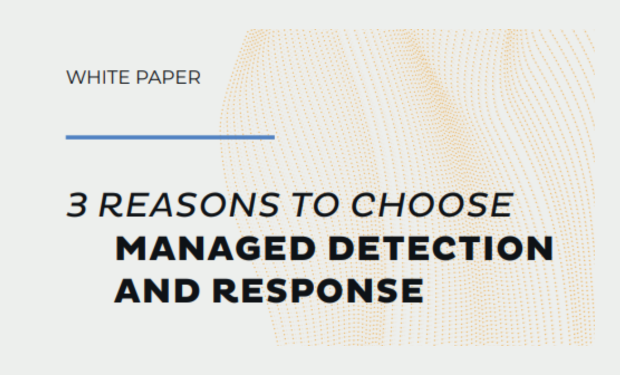In today’s business environment, you need round-the-clock monitoring to protect data and privacy. But how can you balance privacy and constant monitoring? For example, if you identify suspicious activity from an endpoint, switch to remote monitoring to research the activity, and then see an end user typing in a private username or password – that’s a clear privacy violation. And as employees increasingly connect remotely and computers are constantly connected to microphones and cameras, what happens if remote monitoring picks up sensitive sounds or images?
The risks are high. If a breach occurs, you must be able to provide explanations and evidence to show you took all possible measures to protect data and privacy. If you can’t provide those, or if regulators find that you didn’t protect data adequately, your organization could be subject to heavy fines and legal fees. In the largest penalty imposed to date, the FTC imposed a whopping $5 billion fine on Facebook in July 2019 “for allegedly violating privacy practices and mishandling user data.”




